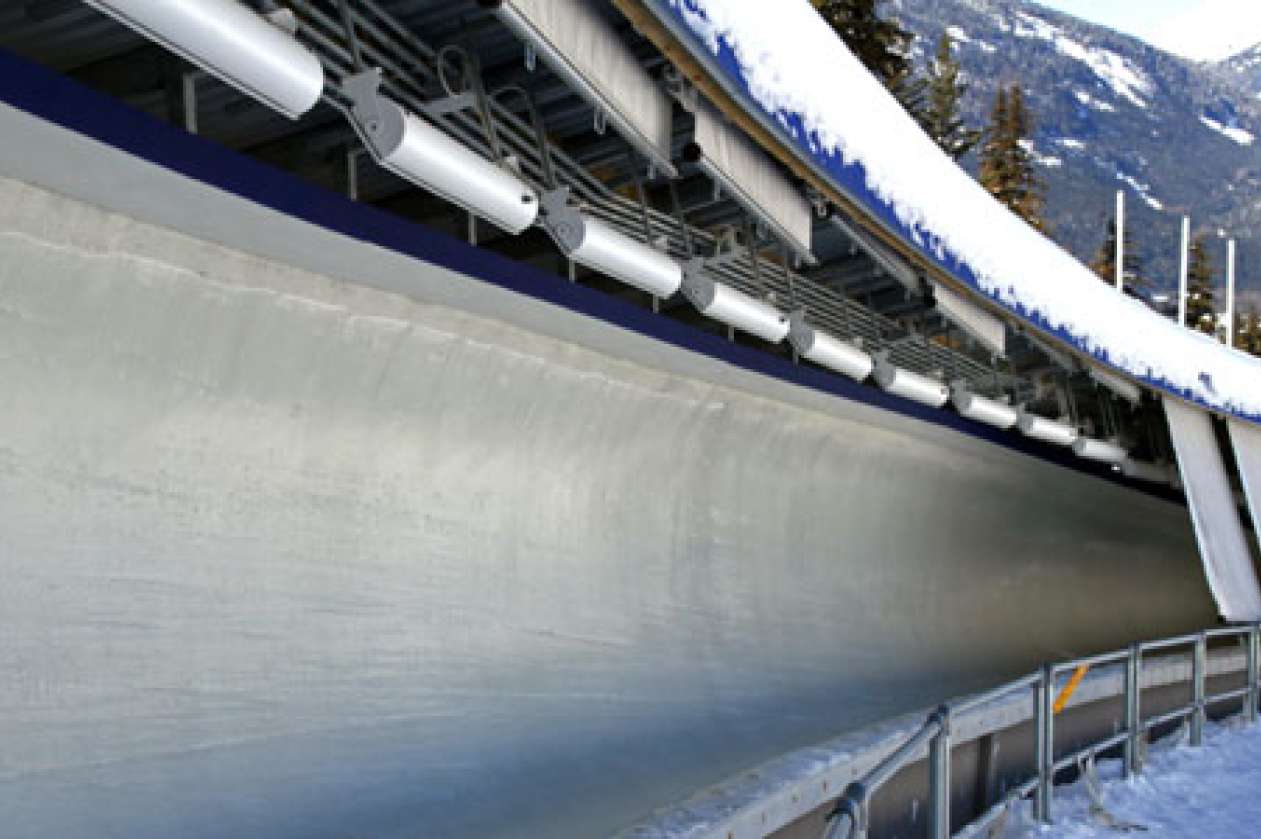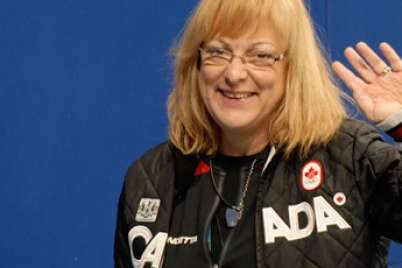
Experience Olympic skeleton with your kids
Find basic information about skeleton and about the Canadian athletes who are in Sochi competing for medals. Look to the right for links to interviews and for information on how your kids can get into skeleton and other sliding sports themselves, including how they can slide at home.
If your child looks forward all year to tobogganing, skeleton may be the sport for them. It’s certainly exciting to watch on television. Canada has a strong team and our chances of making it to the podium look good.
Skeleton was born in Switzerland out of the popularity of recreational tobogganing. It started in the 1800s when athletes slid down a natural sheet of ice on a simple “bare-bones” sled (it’s bony appearance is how the sport got its name). Today’s tracks are mainly artificial ice and are 1,500 meters long. Athletes slide down head-first on their stomachs at speeds up to 120 km/hr.
Sound scary or exhilarating?
More Olympic skeleton at
Active for Life
- News updates from Sochi, just for kids
- Read our interviews with Sarah Reid and head coach Duff Gibson
- First steps to becoming a skeleton slider
- AfL Mini-Games: How your kids can race skeleton at home
How cool is this?
- Did you know that heat makes skeleton sleds go faster? That means that heating of the sled is against the rules — and even the athletes’ bodies must be within a certain temperature range before they compete!
Here’s how to watch skeleton
Skeleton athletes make two runs down the track and try to get to the bottom as fast as they can. A panel of judges determine the winners based on the total time for the athletes.
Here are the types of skeleton raced at the Olympic Winter Games
- Men’s
- Women’s
Cheer for Canada’s skeleton athletes
- List of Canadian athletes competing
- Event schedule
- Watch on CBC-TV: broadcast schedule
Watch an amazing, heart-stopping video
In the first minutes of this video, taken at the 2010 Winter Olympics in Vancouver, you’ll get to witness first-hand what it’s like to race skeleton.





